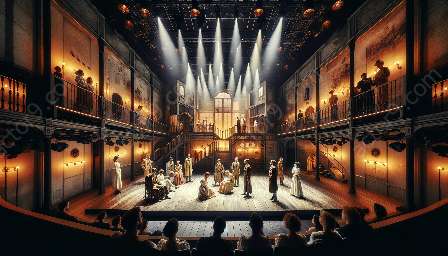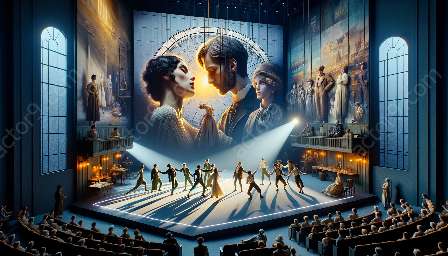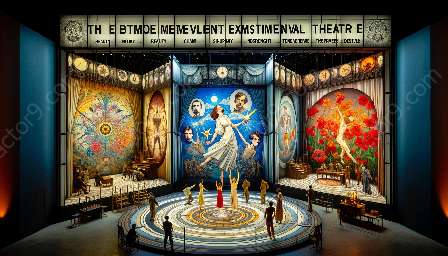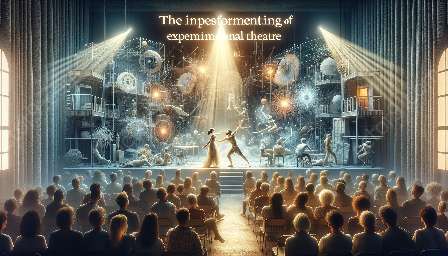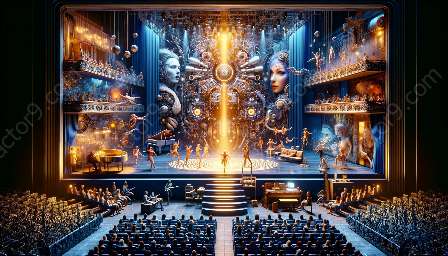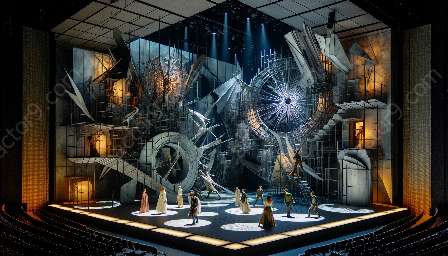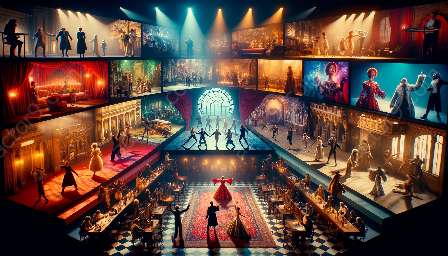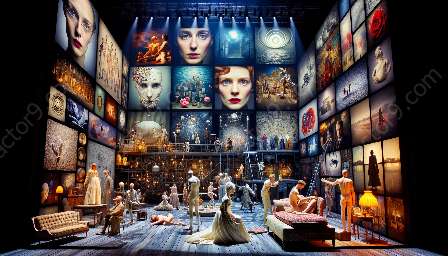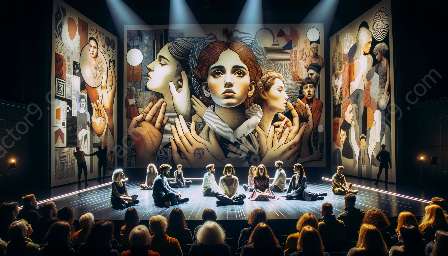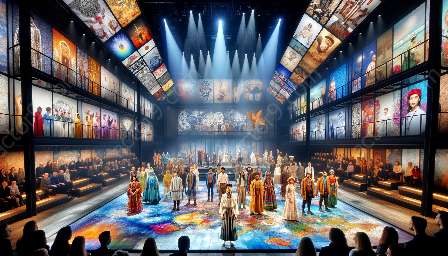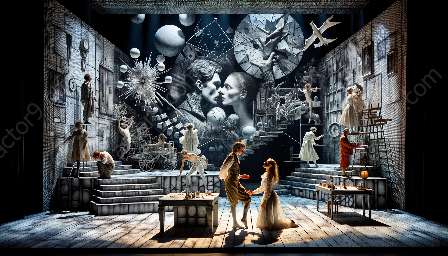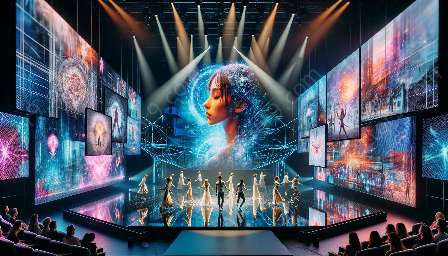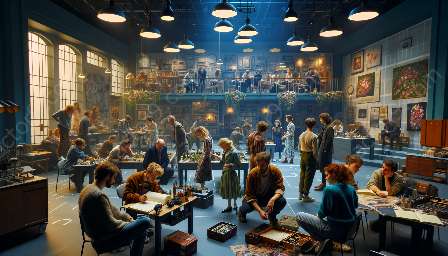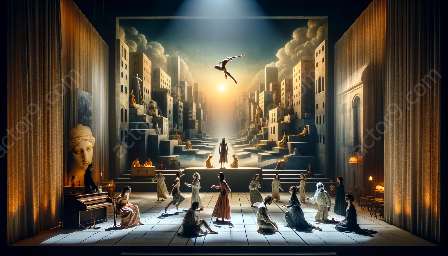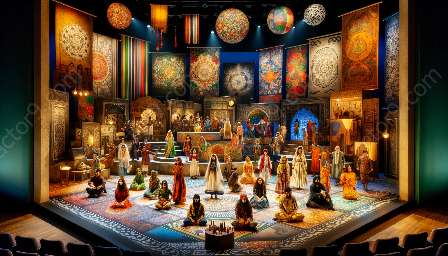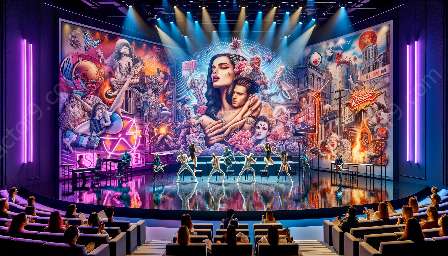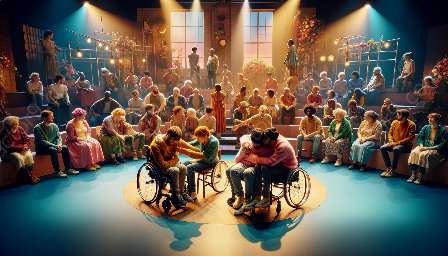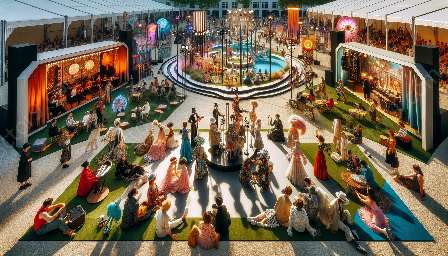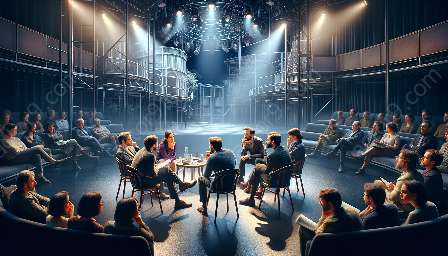Experimental theatre has long been a hotbed for avant-garde creativity and pushing the boundaries of traditional performance. From interactive projections to virtual reality, the integration of new technologies and digital media has opened up exciting possibilities for experimental theatre productions
Enhancing Narrative and Immersion
One of the key ways experimental theatre can engage with new technologies and digital media is through enhancing the narrative and immersion of the performance. For example, using 3D mapping and projection mapping, experimental theatre can create dynamic and immersive visual landscapes that engulf the audience in the world of the performance. This offers a unique way for the audience to interact and engage with the story and characters.
- Are you enjoying the content so far?
- Would you like to dive deeper into specific technologies used in experimental theatre?
- Would you like to explore real-life examples of experimental theatre productions integrating new technologies?
Blurring the Lines Between Theatrical Disciplines
New technologies and digital media can also facilitate the blurring of the lines between theatrical disciplines in experimental theatre. For instance, incorporating virtual reality experiences into a live production can seamlessly blend the boundaries between traditional theatre, film, and gaming. This convergence of disciplines creates a multi-sensory and immersive experience for the audience, challenging traditional notions of performance and spectatorship.
Impact on Production and Stage Design
The integration of new technologies and digital media in experimental theatre significantly impacts production and stage design. The use of interactive and responsive technologies allows for dynamic set design that adapts to the performers' movements and the audience's interaction. Lighting, sound, and visual effects can be intricately choreographed and synchronized with the performance, elevating the overall production value and experiential nature of the performance.
Moreover, the use of digital media in stage design provides experimental theatre with the flexibility to create abstract and surreal environments that transcend physical limitations, opening up new creative possibilities for set designers and directors. This challenges the conventional constraints of traditional theatrical spaces and offers a playground for imagination and innovation in production design.
Challenges and Considerations
While the integration of new technologies and digital media presents exciting opportunities for experimental theatre, it also poses challenges and considerations. Ensuring the seamless integration of technology without overshadowing the human element of the performance is a critical balance to strike. Additionally, the technical expertise required to operate and maintain these advanced technologies demands a high level of coordination and technical proficiency within the production team.
Conclusion
Experimental theatre productions are poised to harness the potential of new technologies and digital media to create groundbreaking, immersive experiences for audiences. The seamless integration of technology into production and stage design offers a platform for boundless creativity and innovation in the realm of experimental theatre, redefining the possibilities of live performance and reimagining the relationship between technology, storytelling, and the theatrical experience.

